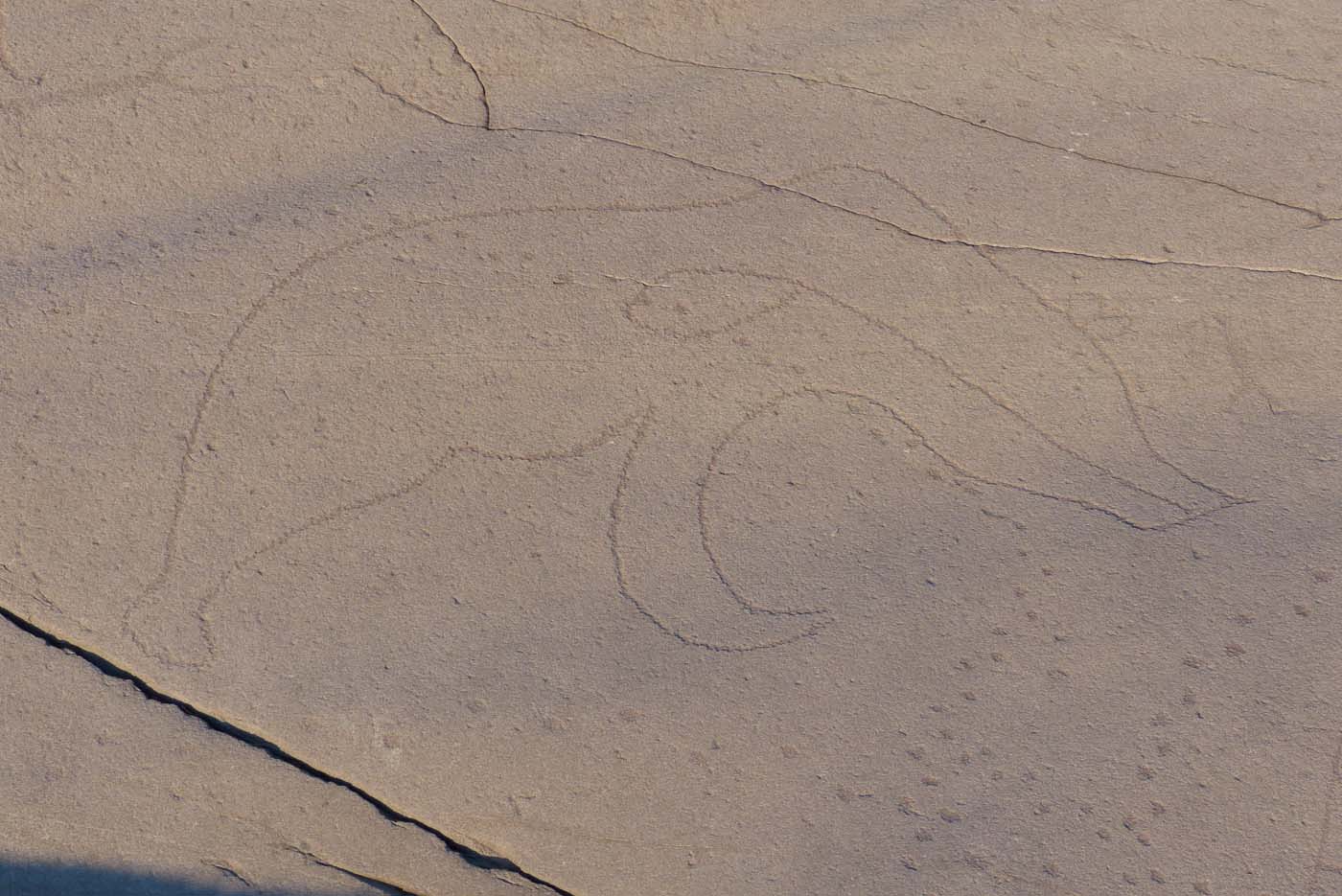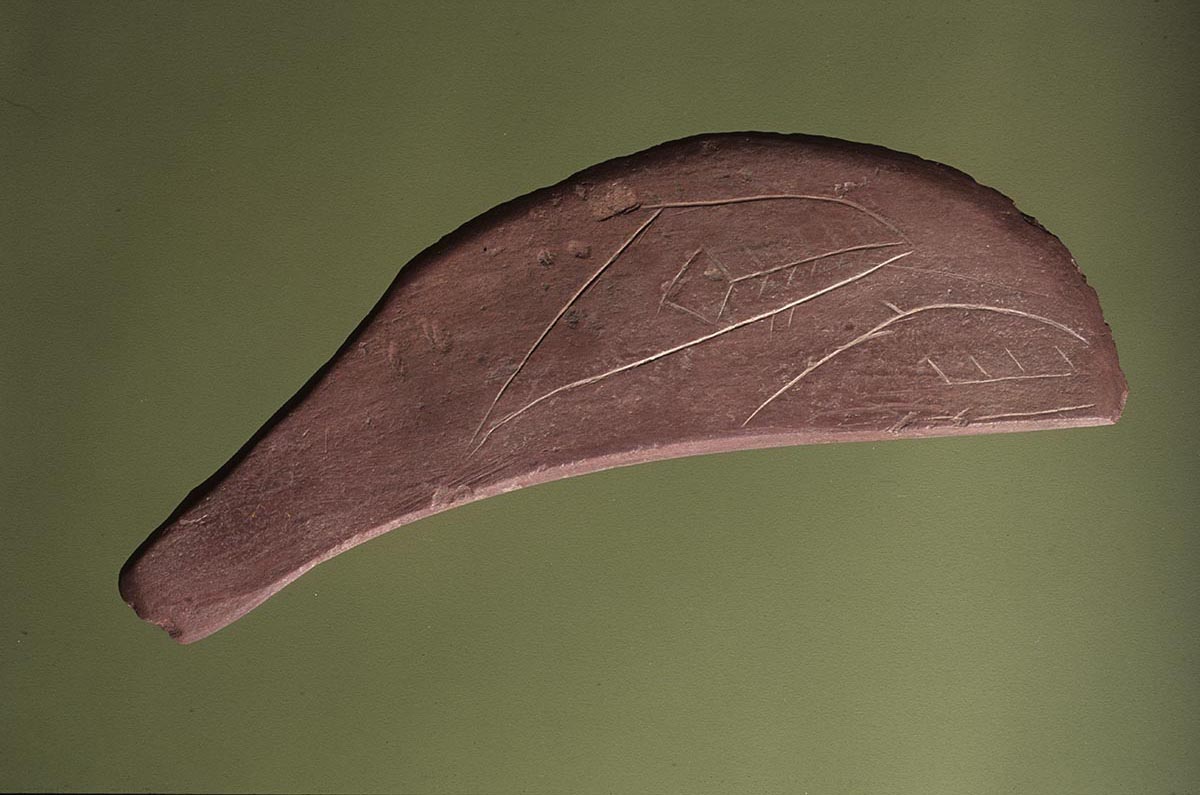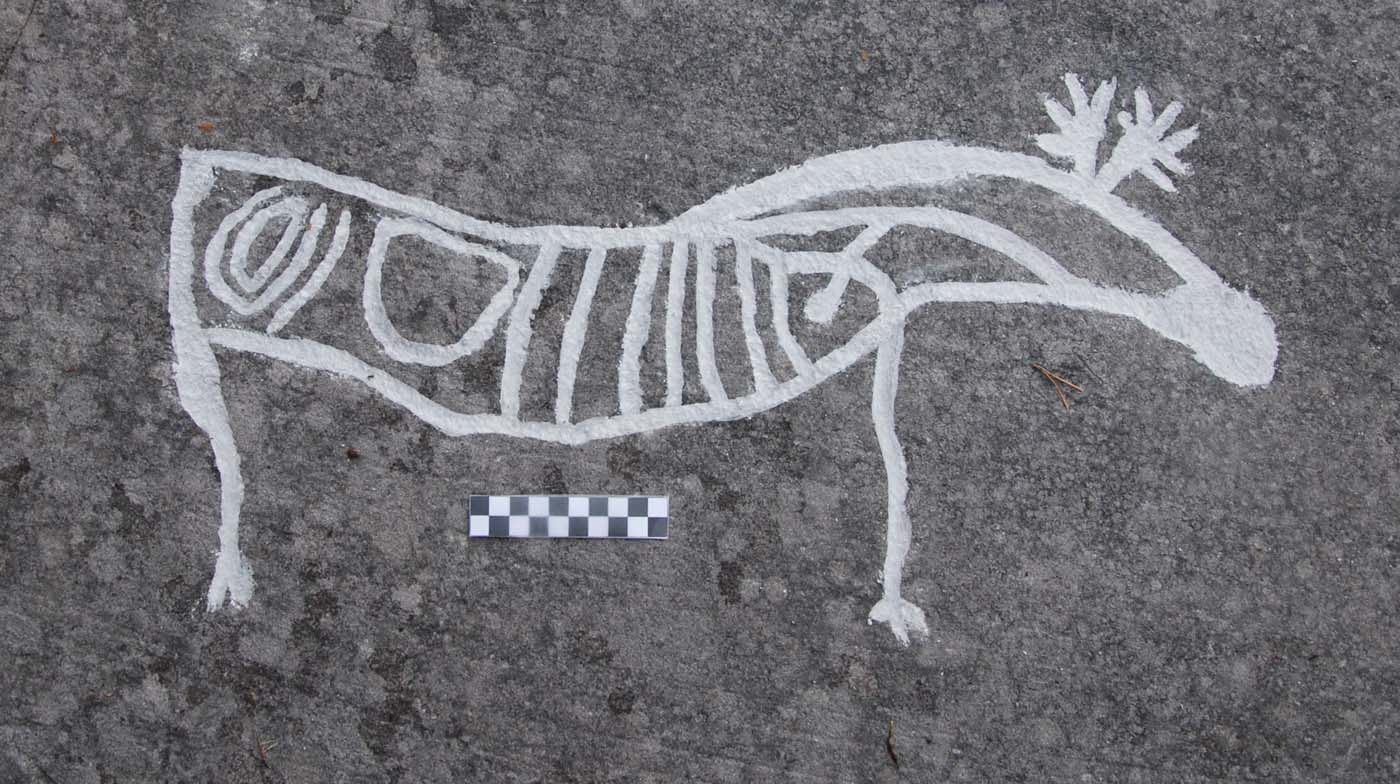5000–3000 BCE
Hunter Fishers of Norway
Charlotte Damm
Introduction
In northern Scandinavia a subsistence based on hunting and fishing persisted long after farming and domesticated animals were introduced in Central Europe and the southernmost parts of Scandinavia. In Norway this foraging population predominantly lived in coastal regions were fishing and sealing made up a major part of their diet, although hunting of particularly deer (red deer, elk, reindeer) and other terrestrial mammals was also pursued. Their tools were made of various types of stone, but the soft reddish sandstone usually referred to as slate was used extensively for both knives, arrowheads and spearpoints.
It is generally assumed that these hunter-fishers had an animistic world view, where animals and other beings had spirits like humans, and where significant forces could reside also in natural features such as rapids, northern lights etc. There are also indications that according to their worldview non-human beings might reside in other parallel worlds such as in water, inside cliffs and in the sky, and that some beings, possibly also humans, were able to travel between such worlds. There is overall a particular interest in outer appearance, perhaps linked to the understanding that beings may transform through makeshifts, with for example humans taking on the hide of animals.
While some rock art is known from earlier periods (9000-5000 BCE) there is a particularly rich rock art record from about 5000 BC onwards. The motifs focus on large mammals, in particular deer, but in some areas also bear or marine mammals. Hunting scenes with bow and arrow or spears are common in some areas.
The earliest images are often large, sometimes even natural sized, and portray the animals through an outline, with just ears or antlers added. While some images in the later phases are also quite large (Figs. 1 and 5), the size typically decreases while more details are added, and the motifs become more stylized (Figs. 3 and 4)
Guts in northern rock art
References
Fuglestvedt, I. 2018. Rock Art and the Wild mind. Visual Imagery in Mesolithic Norway. London, Routledge.
Skandfer, M. 2021. The Appreciation of Reindeer: Rock Carvings and Sami Reindeer Knowledge. I Gjerde, J.M. & Arntzen, M.S. (red.) Perspectives on differences in Rock Art. Sheffield, Equinox, s. 113-128
Tansem, K. & Storemyr, P. 2021. Red-coated rocks on the sea-shore: The esthetics and geology of prehistoric rock art in Alta, Arctic Norway. Geoarchaeology 36(2), 314-334.








